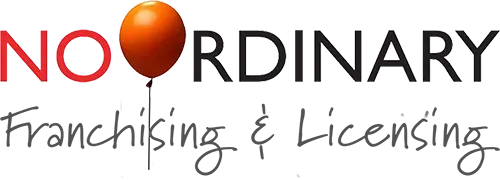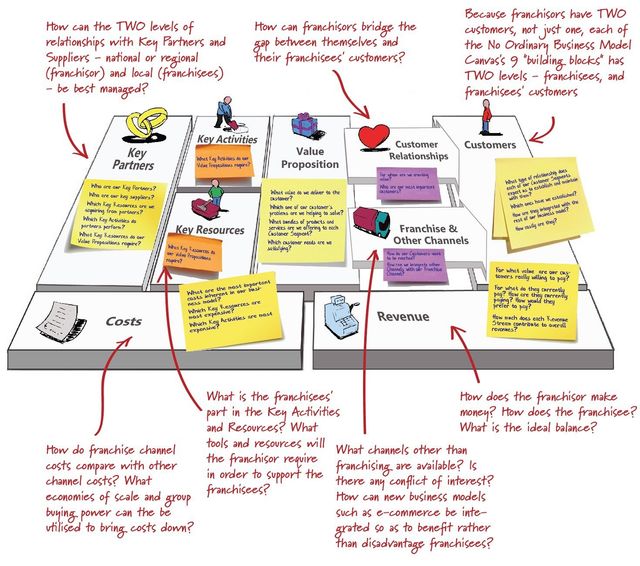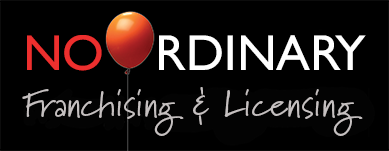Not getting the results you want from your franchisees? Being overtaken by competing franchises? Finding it difficult to get new franchisees on board? You need to make some improvements – and fast. But where will you get the best ROI (return on improvement)?
Franchises are different from non-franchised businesses. By their very nature, they have more layers. These layers make problems with a franchise business more complex to correct than problems in a non-franchised business.
Non-franchised business model vs. franchise business model
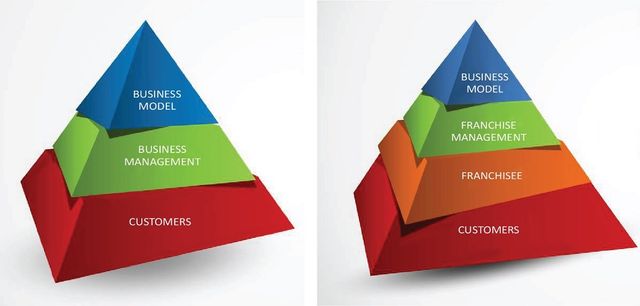
The question “Why isn’t the franchise performing?” may have a number of different answers, depending on which layer you look at the business from. It’s common for franchise management to blame the franchisees, the franchisees to blame franchise management, and the customers blame the franchise’s business model for choosing not to buy from them. But blame will never solve the problem. Ultimately, the solution rests with you, franchise management, because only you have the power to alter the business model and the way you develop your franchise network and culture.
But where to begin?
As a former franchise manager and franchisor, I know franchising inside out. I understand what works and what doesn’t in franchising. And I use two different tools to assess my clients’ strengths and weaknesses, the opportunities that are available to them and the threats they are facing. The first tool is going to surprise you.
It’s entering your local or regional franchise awards.
In 2016, one of my clients won the Supreme Award in the New Zealand Franchise Awards. Yes, I hear you say, but that franchise must have been a top performer. Of course, that’s true, but it wasn’t always that way. Some years before, I had entered my client into the Awards and they had only won a more minor award. But most Franchise and Business Awards use the Baldrige Business Excellence framework to judge their winners. And we had used Baldrige as a framework for evaluating my client’s business and identifying what we had to do to improve the business.
The Baldrige Business Excellence Framework
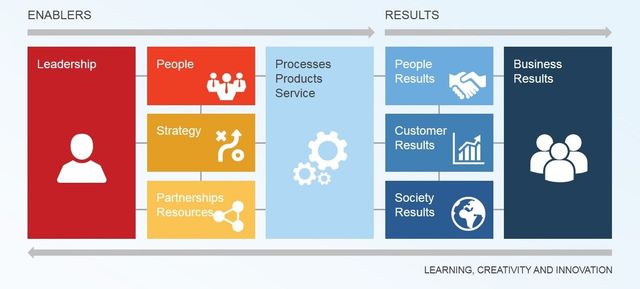
The framework sums up the stages from leadership to business results, and stresses the importance of learning, creativity and innovation at every stage, but misses a few critical elements. Where is the customer in all this? Buried right down toward the end of the process, almost an afterthought.
That’s why I also use another business improvement tool, Alexander Osterwalder’s Business Model Canvas. As you can see from the chart below, the BMC puts the customer at the heart of the business and seeks to create a value proposition – the way the business provides value to customers. The right-hand part of the chart describes how value is delivered to customers through relationships and sales channels, while the left-hand part describes the key activities, resources and partners required to achieve that.
The Business Model Canvas
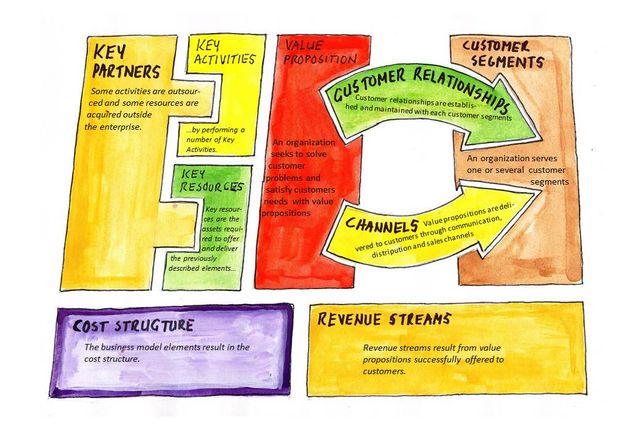
One of the key advantages of the BMC is that it’s a surprisingly simple but powerful tool for systematically understanding, designing and implementing new business models – or analysing and revitalising old ones. All on one page. That lets you work on all the elements of your business improvement strategy in one place, allowing you to collaborate easily with your people if you wish. When it’s complete, it becomes a highly visible reminder of your strategy and what you need to do to improve.
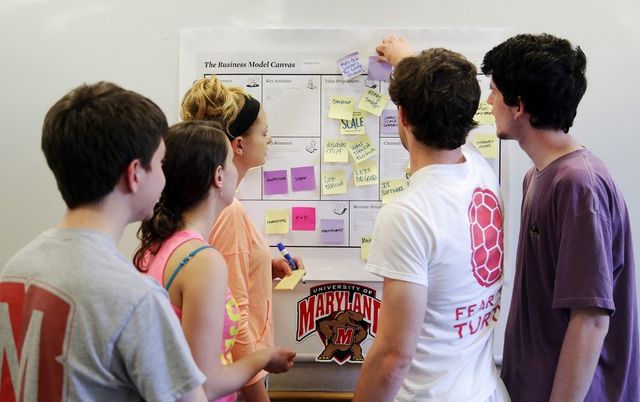
But the Business Model Canvas isn’t perfect. It's missing some of the key features of other strategy methodologies — the importance of leadership and learning, for example, and external external influences such as market forces and competition. And because of franchising’s many layers, the BMC doesn’t really meet all the needs of franchises. Franchisors are unique because they have two customers — their franchisees, who are also their channel to market, and their franchisees’ customers, the end users of the businesses’ products and services. One of their greatest challenges is how to create value for both their franchisees and their end users, and still have something in the business for themselves.
That’s why I’ve created the world’s first Business Model Canvas for Franchisors
The No Ordinary Business Model Canvas for Franchisors is different from other BMCs in these ways:
- Acknowledges the uniqueness and complexity of franchising
- Reflects the unique needs and challenges of franchisors, including the fact that franchisors have TWO customers — their franchisees, and their franchisees’ customers
- Builds on the underlying characteristics of all best-practice franchises — strategic health and strong organisational culture
If you need to improve your franchise — and let's face it, who doesn’t? — I can help. In more than 20 exciting years, I have been at the forefront of tremendous innovation and change across industries as diverse as banking, FMCG, retail and construction. I have combined my wealth of experience as a senior corporate executive, franchise director, business owner and consultant together with my proven track record in business improvement to meet the changing needs of the franchise industry.
For your free Initial Consultation, contact me
now.
I'm Robin La Pere, no ordinary business expansion and franchise consultant. At different times, I've been a franchise manager and CEO of my own franchise business, so I understand how different franchises are from other types of businesses. I have also developed a range of tools and systems designed to take much of the complexity out of franchising and would welcome the opportunity to share these with you. These include:
- Franchise development strategy
- Franchise business model generation and re-engineering
- Leadership mentoring
- Systems development and improvement
- Franchise relationship development
- Awards entries
- Conferences and workshops
- Franchisee recruitment strategy
To get started, contact me
for a free and confidential Initial Consultation and Franchise Evaluation.
Relevant Articles
Download your free e-book
A major strength of franchising is that it’s based on tried and true business models. Trouble is, in this fast-changing business environment, what’s tried and true one year may be tired or irrelevant the next.
Not surprisingly, one out of three franchisors is concerned about the viability of their business model.
The 'Business Model Canvas' has emerged as a powerful tool for developing and updating business models. Recognising that franchise businesses differ in several ways from other business types, I have come up with a new version of the Business Model Canvas designed specifically for franchises.
Send me your email and I'll email you my e-book The Business Model Canvas for Franchisors:
